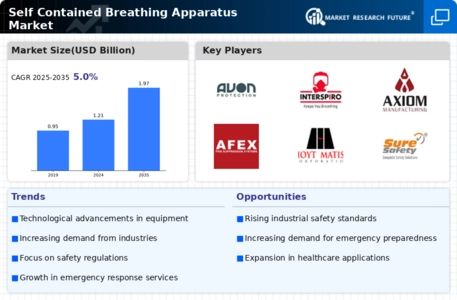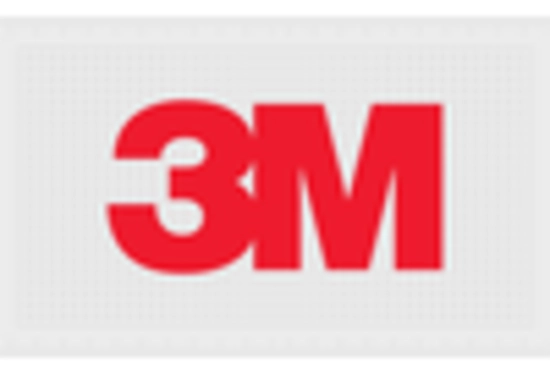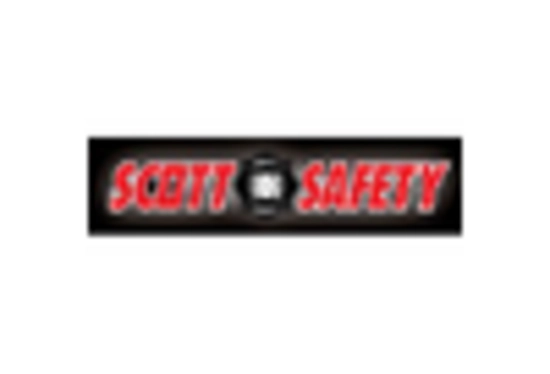Market Analysis
In-depth Analysis of Self Contained Breathing Apparatus Market Industry Landscape
The Communication-Based Train Control (CBTC) market growth rate is determined by a number of factors, including the technology ecosystem across regions where it operates. One such driver is accelerated urbanization coupled with the increase in population density within cities globally. With the expansion of urban areas comes an increasing need for efficient transport structures needed for safe movement around these areas. Technological advancements have played a considerable role in shaping the development of Communication-Based Train Control (CBTC). This ranges from using wireless networks to adopting real-time data analytics in the control system of trains. Government initiatives and investments in transportation infrastructure are key drivers for the CBTC market. Governments across the globe have realized that efficient public transport requires modernizing their rail networks from antiquated systems. Therefore, extensive resource allocation to CBTC systems is usually part of a larger plan to improve overall transport infrastructure. This has led to the major utilization of advanced train control technologies. Economic factors also significantly impact the CBTC market. However, the pace and scale at which CBTC systems are implemented rely on the entire economic health of a region as well as government budgets and funding available for transportation projects. In times of an economic downturn, there may be slow development of infrastructure projects, hence affecting growth within the CBTC market. Lastly, globalization and international cooperation shape this industry in a number of ways. The majority of suppliers involved in various CBTC projects, such as Thales Signaling Solutions, operate at the global level. At the same time, partnerships between international companies and transportation authorities often support knowledge sharing/transfer concerning best practices or technological expertise. The regulatory environment is another factor that greatly affects the success of the CBTC market. This involves strict safety regulations stipulated by transport regulators that affect planning phases right through development until deployment stages by manufacturers, making these devices work with these particular requirements vital to avoid accidents when using trains. Another market driver is the competition within the industry. The dynamics of the market include established CBTC solution providers in addition to new entrants. Technological innovation, system reliability, and cost-effectiveness are some of the areas where companies compete. This growing trade increasingly necessitates a need for market players to form strategic partnerships and collaborate with rail operators as well as infrastructure developers within this fast-changing industry space of CBTC. In summary, urbanization trends, government initiatives, technological advancements, economic conditions, globalization, and competitive dynamics that shape the CBTC market are not exhaustive but key drivers, among others, such as regulatory considerations. However, stakeholders in the CBTC market must strategically navigate these factors in order to take advantage of opportunities while addressing challenges at the same time. As demand for efficient and safe rail transport continues to grow, the CBTC market is poised for ongoing evolution and expansion.









Leave a Comment